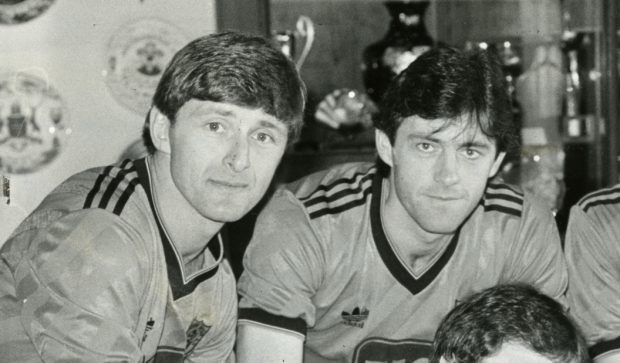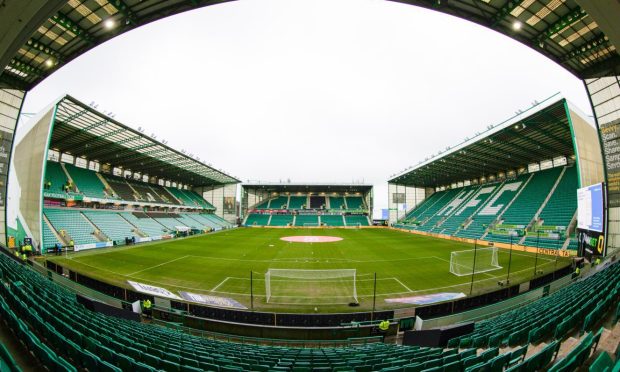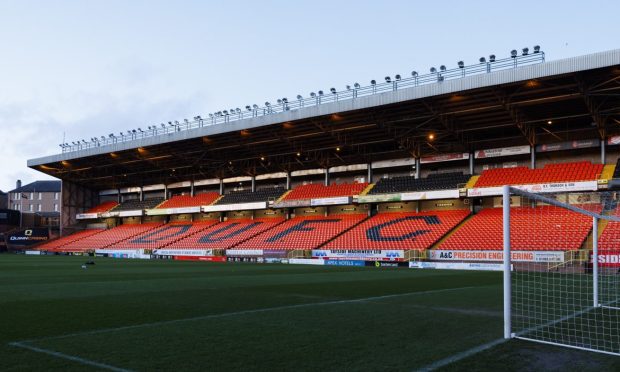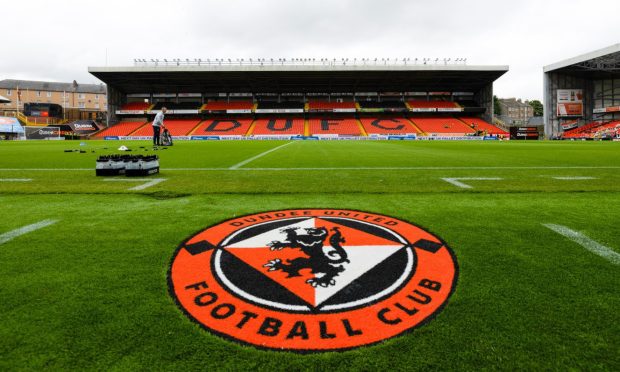Let’s see which quote you prefer.
Number one: “Everybody needs his memories. They keep the wolf of insignificance from the door.”
Number two: “For the players who see the pictures of past greats from the 1980s within the stadium, they are expected to measure up to that as soon as they walk through the door. It can be a negative environment which needs to change.”
The first one is by the late American-Canadian writer Saul Bellow, who scaled the heights of his chosen profession.
The second is by former Dundee United defender Paul Quinn.
One was awarded the Pulitzer Prize and Nobel Prize for Literature.
One played just 19 times – four as sub – for United before leaving in May after the club failed to get promoted.
Quinn recently claimed that the players at Tannadice feel intimidated by photographs of the glory days plastered across the walls.
The argument seems to be that the poor wee souls can’t look at a pic of Paul Hegarty lifting the Scottish Premier League championship trophy, Ralph Milne sending that chip into the Dundee net or Paul Sturrock helping clinch a cup or two without thinking they, themselves, are not worthy.
Even photos of Craig Brewster tapping the ball into the Rangers net at Hampden or Craig Conway wrapping up another Scottish Cup bring them out in a cold sweat rather than inspire them.
It is, of course, total nonsense.
Memories are the DNA of a football club. The magic dust the likes of Finn Dossing, Dennis Gillespie and Dave Narey sprinkled on the Tangerines’ history has to be not just acknowledged but celebrated.
Every club with a tradition to speak of has those images taking pride of place.
From the pinnacle of the game at the likes of Real Madrid and Barcelona, down to more modest but still cherished institutions like Brechin City and Arbroath, you can’t walk too far down a corridor without spotting a hero of old in black and white.
Indeed, one of the most precious things United do as a club involves taking a stroll down memory lane.
I refer to their Football Memories programme, which is part of the Alzheimer Scotland project of the same name and aims to provide football images for reminiscence activity.
The club proudly declare that the gatherings are there to be enjoyed by anyone living with dementia or experiencing difficulties with their memory, including their families and friends.
Football’s past, therefore, plays a crucial role in helping those dealing with a challenging present.
To ask a club to play down the achievements of yesteryear because of the fear they may put pressure on current players is ridiculous.
If what Quinn claims to be the case is true then terrors have been replaced by snowflakes at Tannadice.











